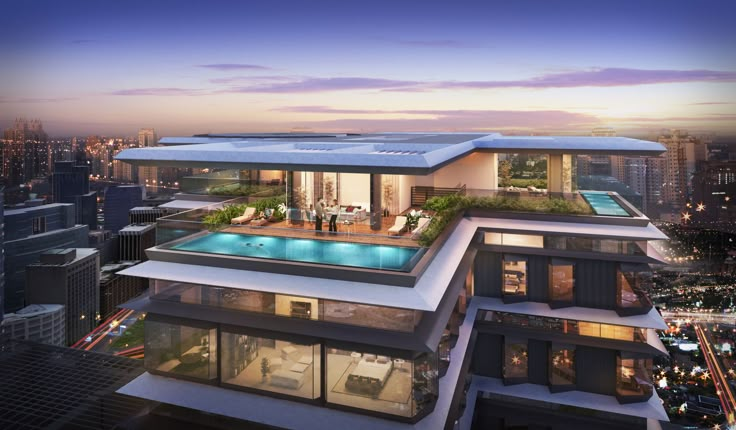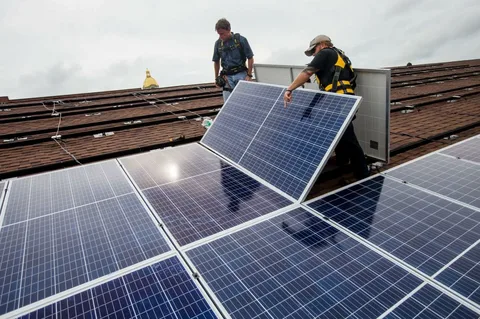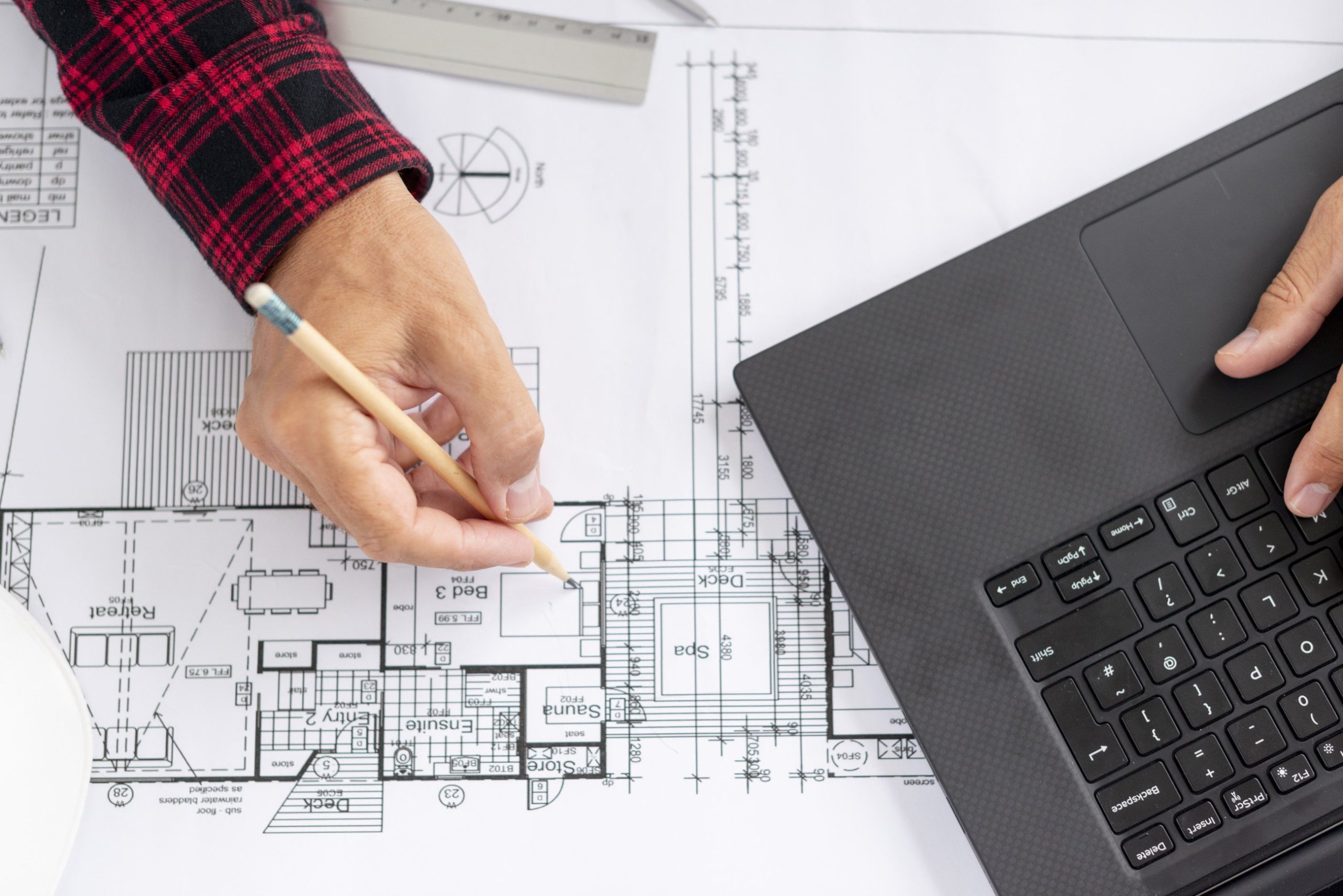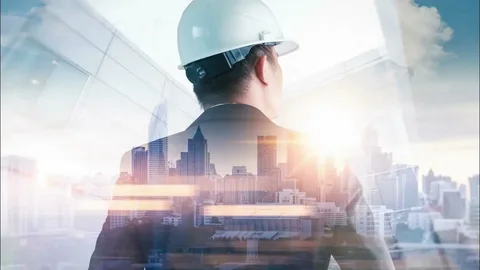Mechanical Penthouse Overloads: Structural Framing Risks in Multifamily High-Rises
Mechanical penthouse overloads in multifamily high-rises present a critical risk to structural framing integrity. These rooftop mechanical spaces often house HVAC equipment, water tanks, and elevator machinery—significant point and distributed loads that many legacy or value-engineered framing systems weren’t designed to handle. At GDI Engineering, we’ve encountered—and resolved—numerous such overload scenarios, reinforcing the importance of early multidisciplinary coordination between MEP and structural teams.
Understanding Mechanical Penthouse Loads
Concentrated and Dynamic Loads
Mechanical penthouses introduce two key types of structural loads:
- Static Equipment Loads: HVAC units, boilers, cooling towers, and backup generators impose significant dead loads on roof framing. A single packaged rooftop unit (RTU) can weigh anywhere from 1,500 to 10,000 pounds depending on capacity and configuration.
- Dynamic Operational Loads: Mechanical equipment with rotating elements such as fans and compressors generates cyclic forces. These vibrations propagate through framing and can result in long-term fatigue damage if not properly isolated.
Localized roof loading in mechanical penthouse zones routinely exceeds 100 pounds per square foot (psf), surpassing the International Building Code (IBC) standard roof live load of 20 psf. Ignoring these elevated loads can result in structural overstress, serviceability failures, and long-term degradation.
Common Equipment Contributors
Mechanical penthouses typically include:
- Packaged Rooftop Units (RTUs)
- Cooling Towers and Chillers
- Elevator Machine Rooms
- Electrical Transformers and Switchgear
- Communication Racks and UPS Systems
Each of these components contributes to both dead load and dynamic load conditions. Mechanical systems also require support infrastructure, such as dunnage frames, inertia bases, spring isolators, and pipe risers, further increasing loading complexity.
Structural Framing Risks in High-Rise Applications
Undersized Framing Systems
Many multifamily high-rises are built with cost efficiency in mind, often leading to roof structures that are not initially designed to support heavy mechanical systems. This can result in:
- Overstressed Wide-Flange Beams: These members may exhibit excessive deflection under new loads.
- Joist and Truss Failures: Light-gauge steel joists or open-web steel joists are especially vulnerable to point load overstress.
- Reduced Live Load Capacity: Added mechanical weight reduces available capacity for maintenance access, snow, and incidental loads.
Disruption of Load Paths
A fundamental principle of structural engineering is maintaining clear and continuous load paths from the roof to the foundation. Mechanical penthouses frequently disrupt this continuity:
- Misaligned Columns: New equipment often ends up directly above non-structural spaces like lobbies or corridors.
- Unsupported Rooftop Curbs: Penetrations for ducts and hatches interrupt load distribution and compromise diaphragm action.
These disruptions can result in unanticipated load concentrations, eccentric loading, and unequal stress distribution—all of which increase structural vulnerability.
Vibration-Induced Fatigue and Serviceability Concerns
Mechanical vibrations, if not mitigated, can create cumulative damage over time:
- Cracks in Concrete Slabs and Masonry Walls
- Loosening of Bolted or Welded Steel Connections
- Accelerated Wear of Fasteners and Gaskets
Vibration-sensitive systems, such as fire alarms, building automation systems (BAS), and security controls, can suffer malfunctions due to proximity to poorly isolated mechanical rooms.
GDI Engineering Solutions: Technical Approaches
Advanced Structural Modeling and Load Tracing
GDI uses high-fidelity structural modeling tools such as ETABS and SAP2000 to evaluate mechanical load effects:
- Rooftop Load Distribution Analysis: We simulate actual load placements to assess shear, moment, and axial force demands.
- Transfer Beam Design: When equipment is not aligned over vertical supports, transfer girders or trusses are introduced.
- Column Reinforcement: Welded steel jackets, fiber-reinforced polymer wraps, or concrete encasements restore load capacity.
Early BIM Integration and Coordination
Mechanical overloads often stem from poor planning and siloed design processes. GDI resolves this by integrating:
- BIM Clash Detection: Early-phase modeling identifies conflicts between mechanical equipment and structural framing.
- Pre-Coordinated Mechanical Penetrations: Openings for ducts and risers are framed-in from the start, preserving diaphragm integrity.
- Structural Dunnage Planning: Custom steel platforms distribute equipment loads across multiple framing members.
Our early involvement in a Dallas high-rise eliminated five major coordination conflicts and reduced rework costs by over $250,000.
Vibration Isolation Engineering
Our Miami project featured:
- Inertia Pads with Reinforced Concrete Blocks: Mass-enhanced bases reduce transmission of low-frequency vibrations.
- Spring and Neoprene Isolators: Specified to match frequency response curves of equipment and structure.
- Vibration Analysis: Mode shapes and frequencies evaluated using finite element analysis (FEA).
Proper isolation extended equipment lifespan, improved tenant satisfaction, and protected sensitive data center rooms located below the mechanical penthouse.
Compliance and Regulatory Considerations
Building Code Requirements
- IBC 2021, Section 1607.14: Requires mechanical loads to be accounted for in roof structural design.
- ASCE 7-22, Chapter 13: Dictates design criteria for equipment anchorage and dynamic amplification factors.
Neglecting these requirements can result in failed inspections, denied permits, or—in worst-case scenarios—structural failures.
Vibration and Isolation Standards
- ASHRAE HVAC Applications Chapter 48: Provides isolation recommendations for rotating and reciprocating machinery.
- SMACNA Standards: Inform installation of supports, anchors, and vibration isolators.
Local Jurisdictional Guidelines
Many municipalities, including Houston, Miami-Dade, and Los Angeles, require structural PE review and stamped calculations for rooftop equipment installations exceeding 400 lbs.
GDI routinely delivers:
- Load path certification
- Dunnage framing design
- Anchor bolt pull-out calculations
- Dynamic load amplification analyses
Emerging Challenges in Multifamily High-Rises
High Equipment Density and Electrification
Newer buildings are increasing rooftop equipment density due to:
- Electrification of Domestic Water and HVAC Systems
- Multiple VRF Systems for zoned apartments
- Battery Storage and Solar Inverters
These loads can exceed 25 lbs/sf averaged across the entire mechanical footprint, doubling or tripling earlier structural assumptions.
Post-Tensioned Concrete Considerations
Multifamily high-rises often use PT slabs for floor efficiency. However, mechanical retrofits introduce risks:
- Core Drilling Damage: Post-installed anchors can sever tendons.
- Localized Punching Shear: Added equipment weights may trigger slab perforation.
GDI best practices:
- Use GPR scanning before coring
- Design non-penetrating dunnage structures
- Increase slab thickness or use headed stud reinforcements where necessary
Case Study: Retrofit of a Mid-Rise in Austin, TX
A 12-story multifamily development faced unanticipated rooftop equipment loads during a mechanical upgrade.
Conditions:
- 6 RTUs totaling 28,000 lbs
- Existing steel framing spaced at 8’ OC
- No continuous columns beneath equipment zones
GDI Response:
- Performed 3D structural load analysis in ETABS
- Designed 4 transfer beams with composite action
- Installed vibration-isolated steel dunnage frames
- Upgraded base plate and anchorage design with epoxy-anchored bolts
Outcome:
- Reduced mid-span deflection by 45%
- Passed city structural inspection on first submission
- Enabled full rooftop upgrade without tenant disruption
Conclusion
Mechanical penthouse overloads in multifamily high-rises represent a significant and often underappreciated structural risk. As rooftop equipment footprints expand and building codes tighten, overlooking these loads can compromise safety, performance, and code compliance.
GDI Engineering brings deep technical expertise in integrating structural and MEP systems. From advanced modeling and vibration analysis to retrofitting and field support, we ensure your high-rise’s mechanical core is robust, efficient, and future-ready.
Explore GDI Engineering’s structural services or dive deeper into MEP coordination strategies to future-proof your next high-rise project.
For additional industry guidance, consult:
- ASHRAE Applications Handbook, Chapter 48
- IBC 2021 Code Provisions
- SMACNA Guidelines for HVAC Supports

























































